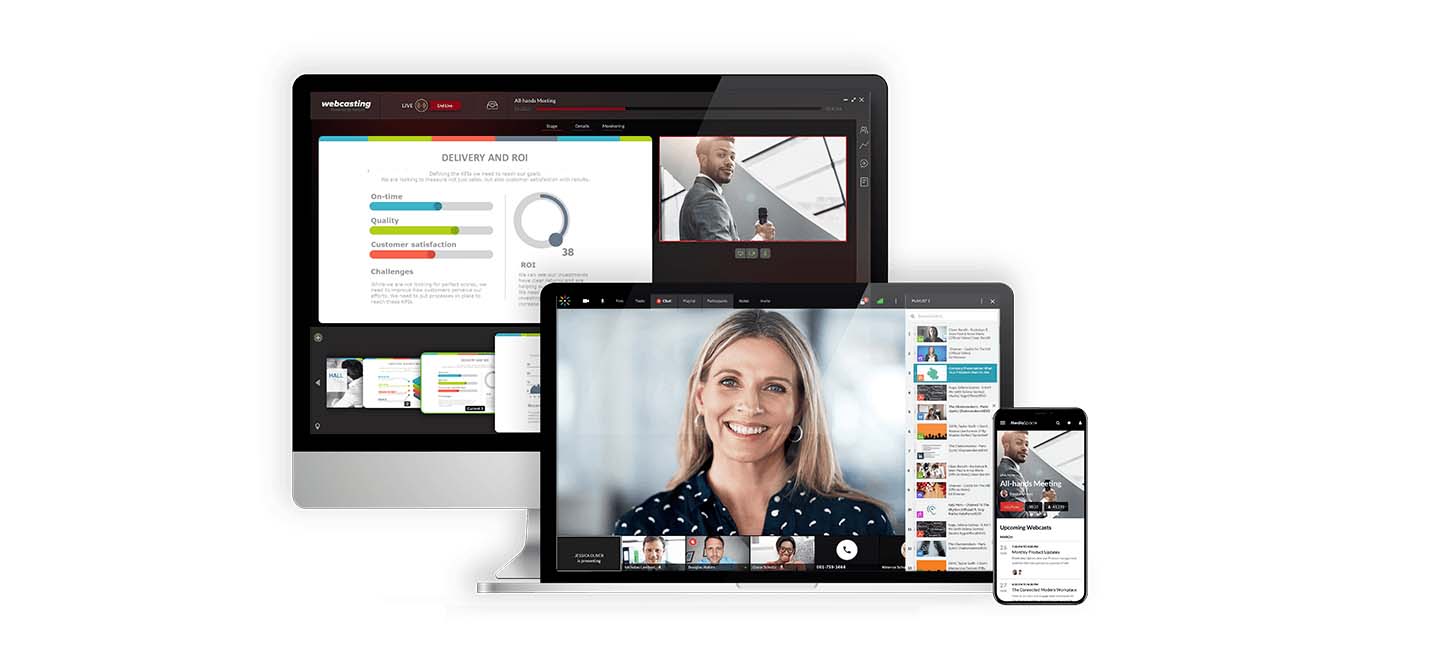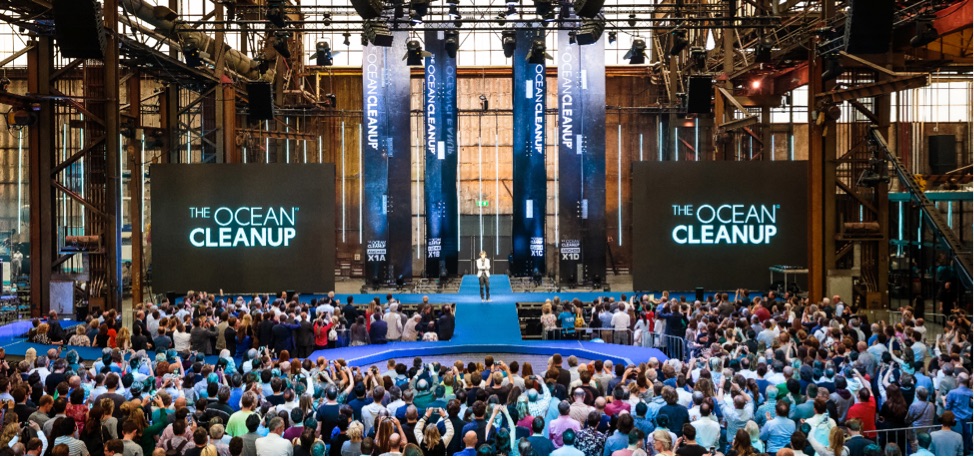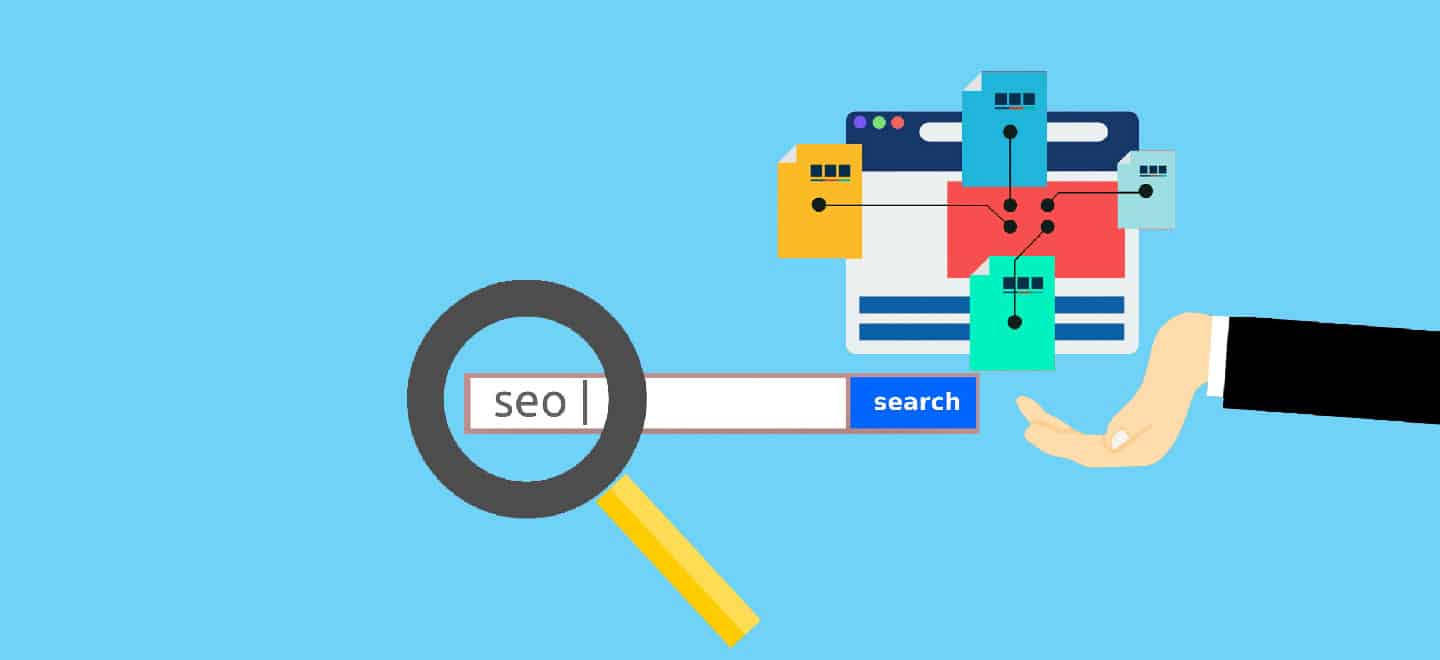How Enterprises Build Trust With Video Streaming..

A webcast is a web based broadcast from your meeting or event via the internet. Unlike the webinar, webcasting is characterized by the fact that a single host can simply broadcast their presentation from anywhere to anyone with an internet connection. This means that a much larger audience can watch the webcast online from virtually any device. Not only can they see and hear the speaker, but it is also possible to facilitate interaction!
Some examples of large webcasters would be radio and TV stations who cast their output through online TV or radio streaming stations. A webcast is nothing more than a conference or presentation that is conducted online. Participants can watch the presentation and send questions to the speaker or engage other delegates. Because engagement is a top priority for web conferences, webcasting technology supports the functionalities for controlled audience engagement. Webcasting is no longer restricted to businesses. Streaming live events such as e-learning trainings, corporate presentations and investor presentations, for instance, are among the common use cases these days.
Webcasts allow your audience to remain engaged as if they are in a face-to-face meeting. A webcast can be designed so that participants can ask questions and get answers in real-time. Webcasts also allow clients to track participation and performance, thus improving accountability. Furthermore, webcasts allow clients to record and store presentations to allow people who cannot be present for live events to see what was provided in the meeting.
These tools can accommodate thousands of viewers, making them ideal for multinationals.

Together with NEP we offer organizations ‘the’ all-in-one solution for sharing information digitally while simultaneously interacting live with the target audience.
VIXY is ‘the’ industry leading expert in providing webinars, webcasts, livestreams and virtual events.
Whether or not a webcast is on demand, real-time, video, or audio, the media transmission must have a broadcasting hardware which acts as an origination point. The hardware can be as easy as a single computer, or as complicated as a large collection of servers working together. As well as broadcast hardware, there must be a software solution that can handle user transmissions. While the hardware’s main role is to process the data being broadcast in real-time, the software is responsible for ensuring every user requesting the broadcast gets a copy of the webcast assigned to him. Webcasts are dependent on the audience that has access to the internet in order to complete the cycle. Each person that wants to join the conference is sending a request to both the webcasting hardware and software.
When this request is received, webcasting hardware and software send a virtual channel to the participants of the meeting. The channel then sends the webcast to the participant’s device through the internet. Based upon the chosen broadcasting platform, the participant can take part in the meeting using a PC, a mobile phone or any other device that is supported by the platform.
If you have been wondering what is webcast and how does it work, now you know. Webcasting expands the ability of any organization to reach a bigger audience. The technology breaks down barricades that have in the past made engaging large audience instantaneously very difficult.
So now the only question that remains is what we can do with these webcasts.
Many businesses use webcasting for internal use, to connect with out-of-state employees, host training sessions, and demonstrate products. Whether you are a nonprofit, sales driven, or customer service focused, webcasts can increase your company’s value.
Some of the most common applications for internal communications via webcasting include:
Webcasting allows you to connect with your customers throughout the country, speak to a wider audience, and listen and respond to them in real time. A variety of webcasting applications for maintaining external relationships include:
All of these webcasting applications can benefit your company in a variety of ways. With clients, customers, and employees being located all over the world it can be difficult to connect with one another. Webcasts are capable of shrinking that distance so that you don’t even have to leave your desk. This will reduce costs associated with business travel and produce more immediate results with reduced time and effort, and a smaller carbon footprint.



